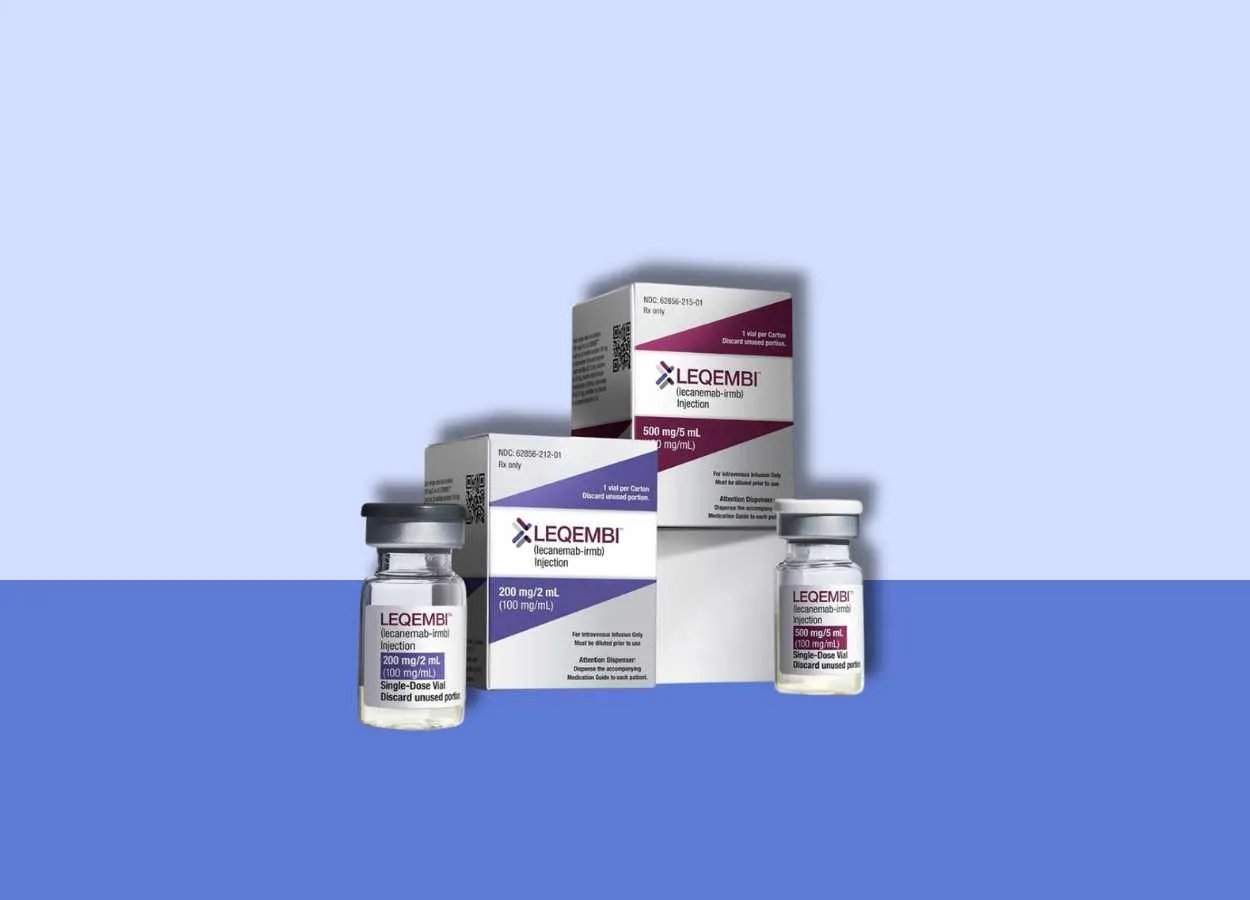The U.S. Food and Drug Administration (FDA) is recommending an additional, earlier magnetic resonance imaging (MRI) monitoring prior to the 3rd infusion for patients with Alzheimer’s disease taking Leqembi (lecanemab). The earlier monitoring can identify individuals with amyloid-related imaging abnormalities with edema (ARIA-E), which is characterized by brain swelling or fluid buildup. ARIA-E is usually asymptomatic, although serious and life-threatening events, including seizure and status epilepticus, can occur and there have been deaths.
The Alzheimer’s disease community has been aware of ARIA-E associated with Leqembi, and current prescribing information recommends MRI imaging before the 5th, 7th, and 14th infusions. However, after an in-depth analysis of this safety issue, the Agency has determined that an additional monitoring MRI prior to the 3rd infusion can potentially help identify ARIA-E events earlier.
ARIA-E can progress after initial detection on MRI. Identifying patients with ARIA-E can lead health care professionals, patients, and their families to delay or discontinue Leqembi treatment to potentially mitigate these serious and, in some cases, fatal events.
Leqembi (lecanemab) is an amyloid beta-directed antibody that FDA approved in 2023 to slow the progression of Alzheimer’s disease in patients with mild cognitive impairment or mild dementia stage of disease. Leqembi is an antibody infusion that removes beta-amyloid from the brain. Beta-amyloid is a protein fragment that plays an important role in the development of Alzheimer’s disease by forming deposits in the brain called plaques and disturbing brain functioning.
Symptoms of dementia include the loss of memory, problem-solving, and ability to think clearly which can interfere with daily life. Alzheimer’s disease is the most common type of dementia. It is a progressive, irreversible disease that typically affects people aged 60 or older. In 2020, there were approximately 6.9 million people living with Alzheimer’s disease in the United States, and it is the 7th leading cause of death among U.S. adults.
During routine pharmacovigilance, FDA identified six deaths early in treatment, which prompted an in-depth analysis of serious and fatal outcomes related to ARIA-E before the 5th Leqembi infusion.
In the analysis, FDA identified 101 cases of serious ARIA-E. Of these case reports, two (2%) occurred between the 2nd and 3rd infusion, 22 (22%) occurred between the 3rd and 4th infusion, 41 (40%) occurred between the 4th and 5th infusion, and 36 (36%) occurred after the 5th infusion.
In total, 24 cases of serious ARIA-E occurred before the 4th infusion, all of whom showed symptoms prompting an earlier unscheduled MRI for clinical assessment. This case review did not capture asymptomatic ARIA-E patients who were not identified until a later timepoint during the regularly scheduled MRIs, potentially underestimating the rate of ARIA-E earlier in the course of treatment.
Patients with ARIA-E can have symptom or imaging progression after initial detection on MRI. As such, it is important to detect these patients early, both with clinical assessment and MRI imaging, to determine whose treatment may need to be delayed or discontinued.
Health care professionals are advised by FDA to aware of the new recommendations and perform monitoring MRIs on patients between the 2nd and 3rd Leqembi infusions. Health care professionals should advise patients (or their caregivers) to immediately contact them if they experience ARIA-E symptoms, such as headache, confusion, dizziness, vision changes, nausea, aphasia, weakness or seizure. In this case, health care professionals should order urgent MRIs.








